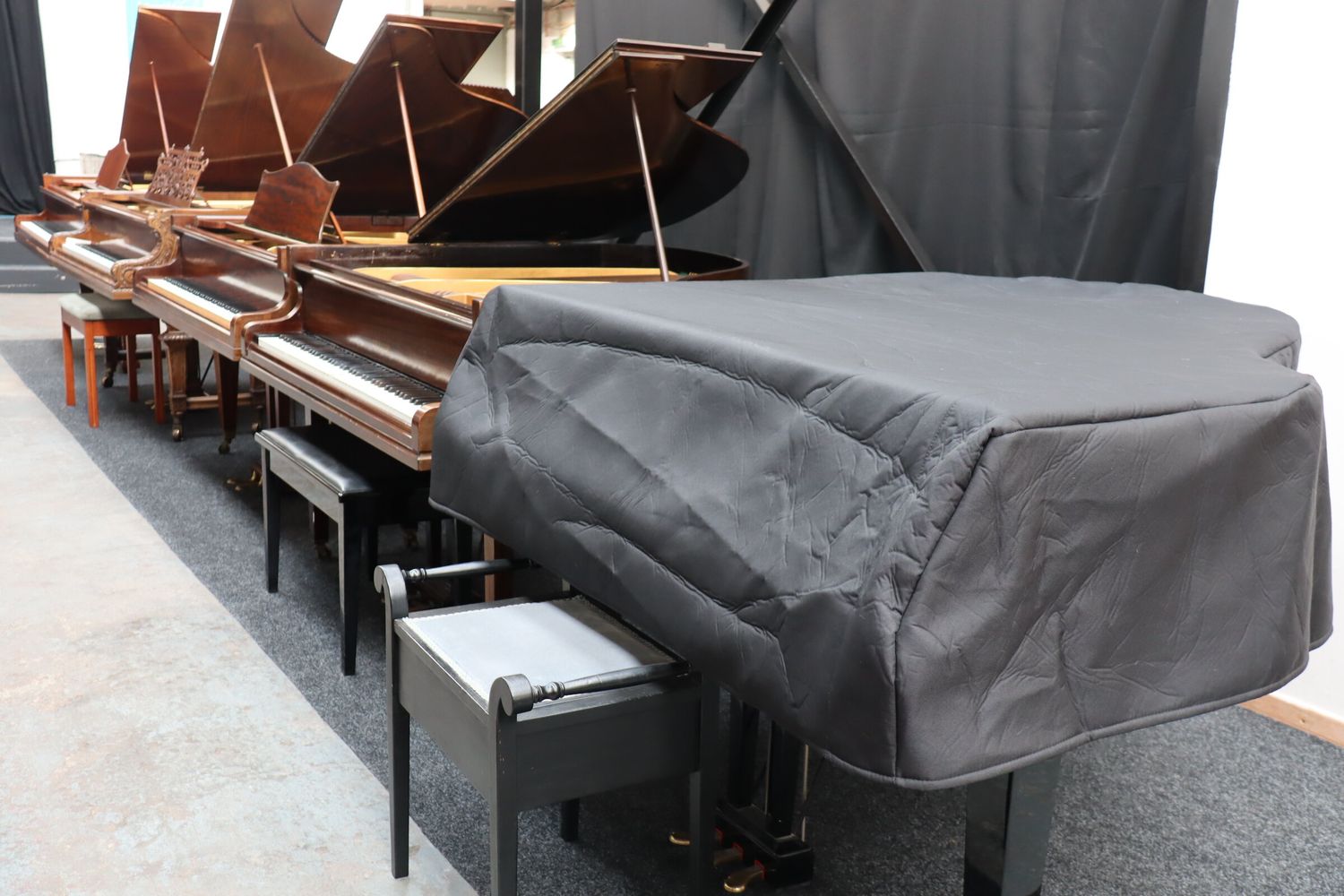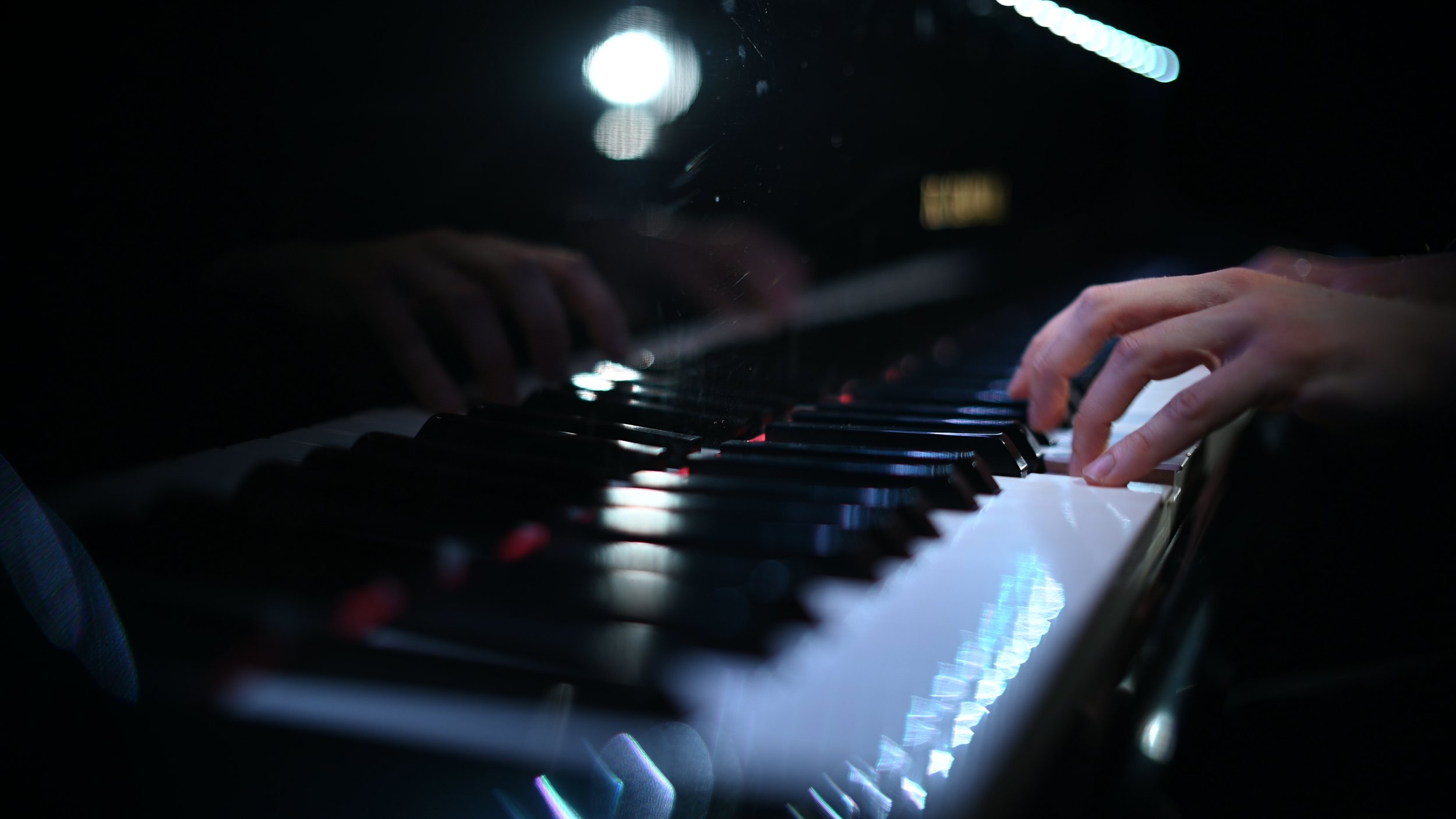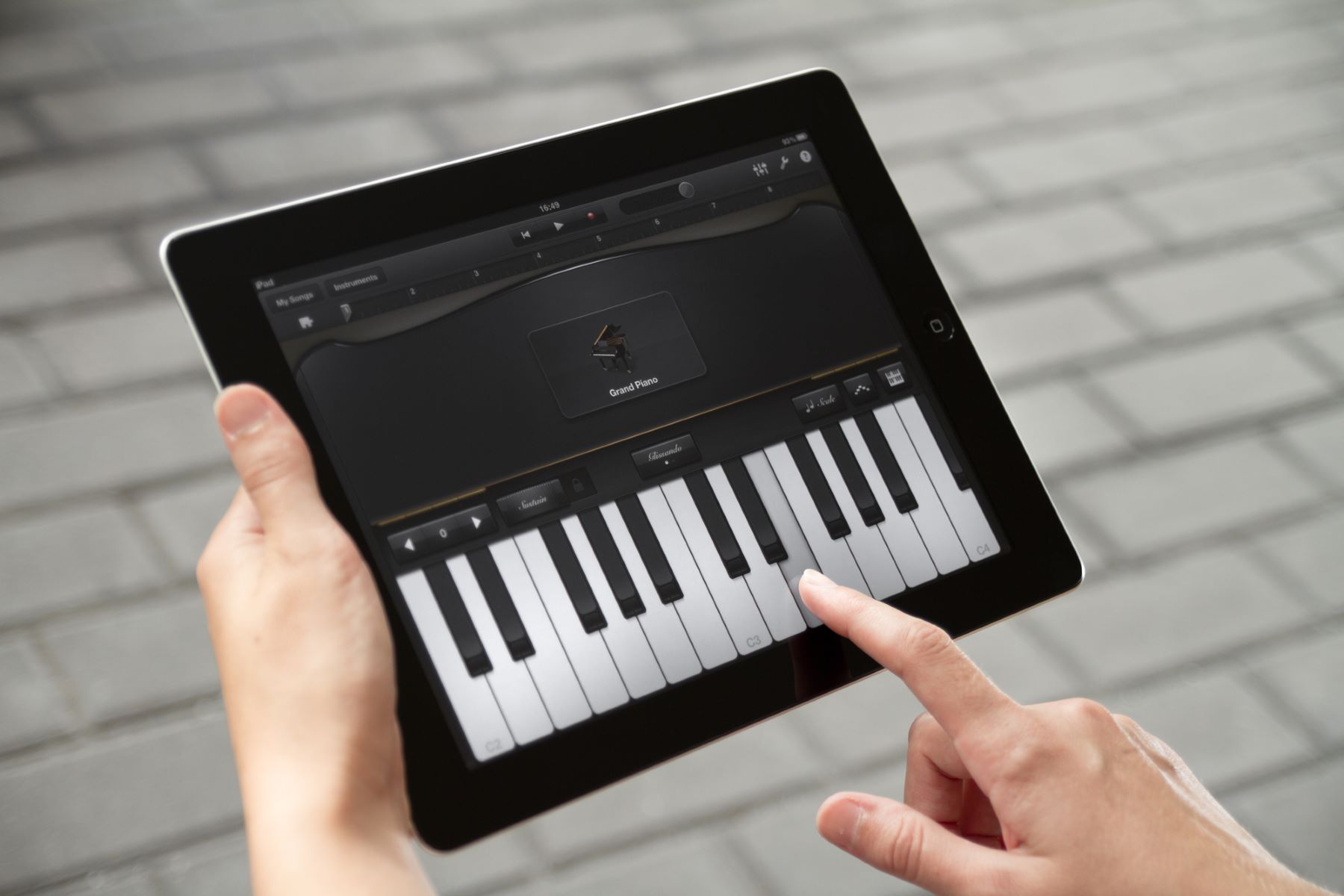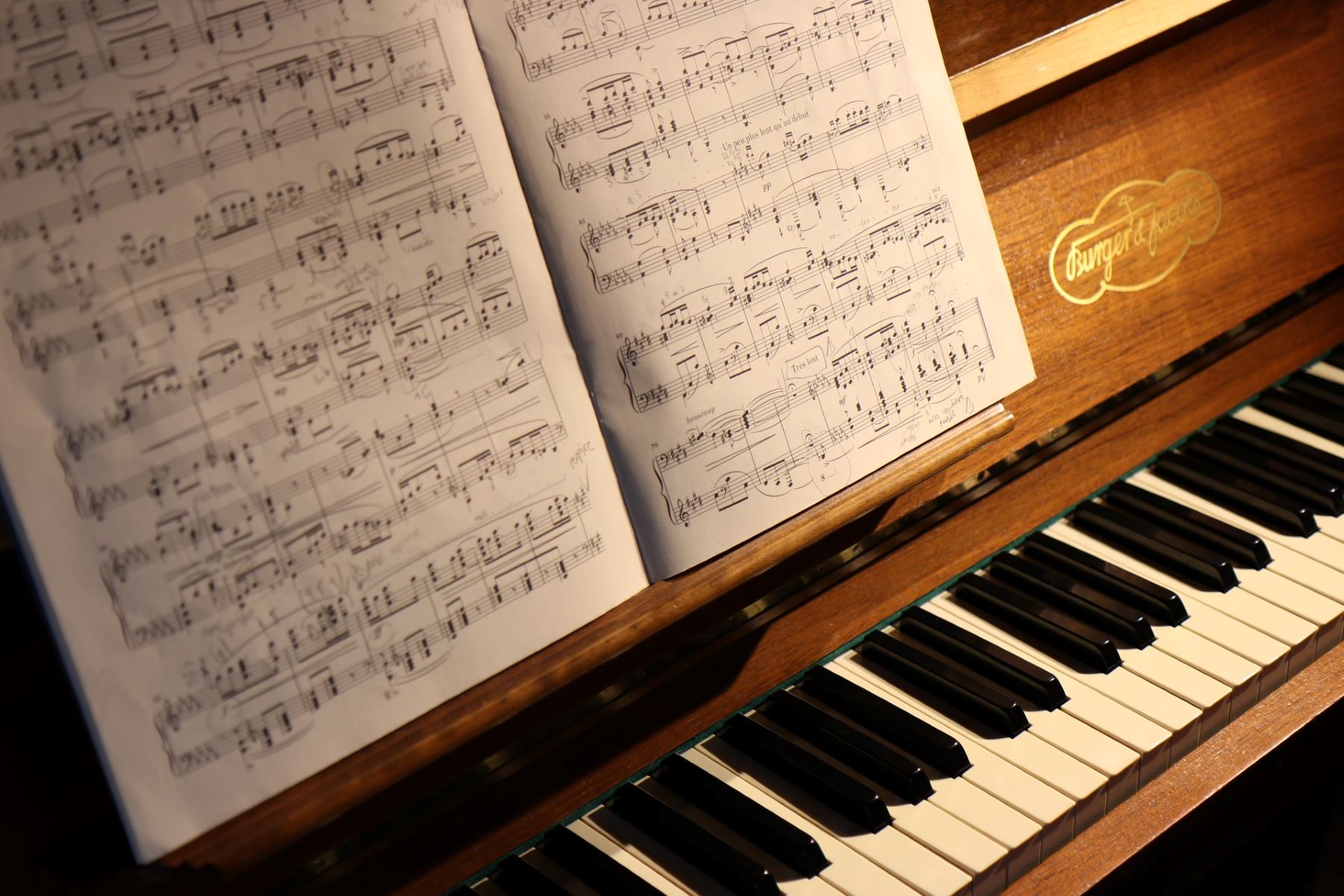Home>Instruments>Piano>How To Store A Piano


Piano
How To Store A Piano
Published: February 11, 2024
Learn how to properly store a piano to maintain its quality and prevent damage. Get expert tips on piano storage and preservation.
(Many of the links in this article redirect to a specific reviewed product. Your purchase of these products through affiliate links helps to generate commission for AudioLover.com, at no extra cost. Learn more)
Table of Contents
Introduction
Introduction
The piano is not just a musical instrument; it's a work of art that exudes elegance and sophistication. Whether you're a seasoned pianist or an occasional player, properly storing your piano is crucial to preserving its beauty and ensuring its longevity. From choosing the right location to implementing climate control measures, there are several key considerations to keep in mind when it comes to piano storage. In this comprehensive guide, we will delve into the essential steps for storing a piano to maintain its pristine condition and exquisite sound.
Storing a piano is not as simple as tucking it away in a corner of your home. It requires thoughtful planning and careful execution to shield it from potential damage caused by environmental factors, neglect, or mishandling. By understanding the nuances of piano storage, you can safeguard this majestic instrument and continue to enjoy its harmonious melodies for years to come. Let's embark on a journey to unravel the art of preserving and protecting pianos, ensuring that they remain timeless treasures in our lives.
Choosing the Right Location
Choosing the Right Location
When it comes to storing a piano, selecting the optimal location is paramount. Ideally, the chosen space should be free from extreme temperature fluctuations, direct sunlight, and high levels of humidity. These environmental factors can significantly impact the piano’s structural integrity, tuning stability, and overall condition.
First and foremost, it’s essential to place the piano in a room with consistent temperature and humidity levels. Fluctuations in temperature and humidity can cause the wood to expand and contract, leading to potential damage such as warping or cracking. Additionally, direct sunlight can fade the piano’s finish and damage internal components. Therefore, it’s best to position the piano away from windows or areas exposed to direct sunlight.
Furthermore, the chosen location should be free from drafts, as sudden changes in airflow can affect the piano’s tuning and performance. Additionally, it’s advisable to avoid placing the piano near sources of heat, such as radiators or fireplaces, as excessive heat can compromise the piano’s structural integrity and lead to tuning instability.
When considering the placement of the piano within a room, it’s important to prioritize stability and security. Ideally, the piano should be positioned against an interior wall to minimize exposure to external elements. This not only provides a more stable environment for the instrument but also reduces the risk of accidental damage from bumps or knocks.
Ultimately, the right location for storing a piano is one that offers consistent temperature and humidity levels, minimal exposure to direct sunlight, and protection from drafts and sources of heat. By carefully selecting the storage location, you can safeguard the piano from environmental harm and ensure its long-term preservation.
Climate Control
Climate Control
Maintaining an optimal climate is crucial for preserving the condition of a piano during storage. Fluctuations in temperature and humidity can have detrimental effects on the instrument, impacting its tuning stability, structural integrity, and overall performance. To mitigate these risks, implementing climate control measures is essential.
One of the most effective ways to regulate the climate for piano storage is to utilize a dehumidifier in areas with high humidity levels. Excessive moisture in the air can lead to swelling of the wood components, causing warping and potential damage to the piano’s structure. By reducing humidity levels to the recommended range of 42-45%, the risk of moisture-related issues can be significantly minimized, ensuring the piano remains in optimal condition.
In regions with dry climates or during the winter months, using a humidifier can help maintain the necessary moisture levels to prevent the wood from drying out and potentially cracking. The ideal humidity range for piano storage is crucial for preserving the integrity of the soundboard, action mechanism, and overall construction of the instrument.
Additionally, it’s advisable to invest in a reliable hygrometer to monitor the humidity levels in the storage area. Regularly checking and maintaining the appropriate humidity range is essential for preventing damage caused by environmental fluctuations. By staying within the recommended humidity parameters, you can safeguard the piano from the adverse effects of excessive moisture or dryness.
Furthermore, maintaining a stable room temperature is equally important for climate control. Drastic temperature variations can impact the piano’s tuning stability and lead to structural issues. It’s recommended to store the piano in a room with a consistent temperature, avoiding extreme fluctuations that could compromise the instrument’s condition.
By prioritizing climate control measures, such as regulating humidity levels and maintaining stable room temperatures, you can effectively protect the piano from environmental harm and ensure its longevity during storage.
Covering and Protection
Covering and Protection
Shielding a piano from dust, debris, and potential impact is essential for maintaining its pristine condition during storage. Proper covering and protection measures can safeguard the instrument’s exterior finish, internal components, and delicate keyboard mechanisms from damage or deterioration.
Utilizing a fitted piano cover or a breathable cloth is a fundamental step in protecting the instrument from dust accumulation. Dust can infiltrate the internal components of the piano, affecting its performance and longevity. By covering the piano when it’s not in use, you can prevent dust from settling on the keys, strings, and action mechanism, preserving the instrument’s functionality and appearance.
Moreover, it’s advisable to position the piano away from high-traffic areas and potential hazards to minimize the risk of accidental damage. Placing the piano in a designated area with ample space around it reduces the likelihood of bumps, scratches, or other forms of physical harm. Additionally, avoiding the placement of objects on or near the piano can prevent unintended impact or pressure on the delicate components.
When transporting or relocating a piano for storage, using professional moving blankets or padding is crucial for protecting its exterior finish and structural integrity. These protective materials act as a buffer against impact and abrasion during handling, ensuring that the piano remains unscathed throughout the moving process.
For grand pianos, utilizing a specialized grand piano cover provides comprehensive protection for the entire instrument, including the keyboard, strings, and lid. This tailored covering not only shields the piano from dust and debris but also offers an added layer of defense against potential damage during storage or transportation.
Ultimately, prioritizing proper covering and protection measures, such as using fitted covers, positioning the piano in a safe area, and employing protective materials during transportation, is essential for preserving the instrument’s condition and safeguarding it from external harm.
Regular Maintenance
Regular Maintenance
Consistent upkeep and maintenance are integral to ensuring the longevity and performance of a stored piano. Even during periods of inactivity, pianos require regular attention to prevent issues such as deterioration, tuning instability, and mechanical problems.
First and foremost, maintaining the appropriate humidity levels in the storage area is crucial for preserving the piano’s condition. Regularly monitoring the humidity levels and making adjustments as necessary helps prevent potential damage caused by fluctuations in moisture content. This proactive approach to climate control contributes to the overall well-being of the instrument during storage.
Additionally, it’s important to keep the piano keys and surfaces clean to prevent the accumulation of dirt and debris. Using a soft, microfiber cloth to gently wipe the keys and the exterior of the piano removes dust and maintains the instrument’s aesthetic appeal. Care should be taken to avoid using harsh cleaning agents or excessive moisture, as these can damage the piano’s finish and delicate components.
Furthermore, scheduling periodic inspections by a qualified piano technician is essential for identifying and addressing any potential issues that may arise during storage. Professional assessment and maintenance services can help detect early signs of mechanical wear, structural concerns, or tuning instability, allowing for timely intervention and preventive measures.
Regularly exercising the piano’s keys by gently playing and engaging the action mechanism helps prevent stiffness and ensures that the components remain responsive. This simple practice contributes to the preservation of the piano’s touch and responsiveness, preventing potential performance-related issues that may arise from prolonged inactivity.
Lastly, maintaining a consistent cleaning and maintenance schedule, coupled with professional inspections and occasional play, contributes to the overall well-being of the stored piano. By prioritizing regular maintenance, you can uphold the instrument’s condition and performance, ensuring that it remains in optimal playing condition when brought back into regular use.
Professional Help
Professional Help
Seeking professional assistance is invaluable when it comes to ensuring the proper care and maintenance of a stored piano. Qualified piano technicians possess the expertise and specialized knowledge required to address the unique needs of pianos, offering essential services that contribute to the instrument’s preservation and longevity.
One of the primary roles of a piano technician is to conduct comprehensive inspections and maintenance procedures to assess the condition of the instrument. These professionals are adept at identifying potential issues related to the piano’s structural integrity, action mechanism, tuning stability, and overall performance. Through thorough examinations, they can detect and address any concerns that may arise during the storage period, preventing potential damage or deterioration.
Professional piano technicians are equipped to perform essential maintenance tasks, such as regulating the piano’s action, voicing the hammers, and ensuring proper alignment of the instrument’s components. These meticulous adjustments contribute to the piano’s touch, tone, and responsiveness, ensuring that it remains in optimal playing condition even after extended periods of storage.
Furthermore, piano technicians are skilled in the art of piano tuning, a critical aspect of maintaining the instrument’s pitch and tonal quality. During storage, the piano’s tuning stability may be affected by environmental factors and inactivity. Engaging the services of a qualified technician for periodic tuning sessions helps preserve the instrument’s harmonious sound and prevents potential issues related to pitch instability.
Additionally, professional piano movers play a vital role in ensuring the safe transportation and relocation of the instrument when moving it into or out of storage. These experts employ specialized techniques and equipment to handle the piano with the utmost care, minimizing the risk of damage during transit and storage placement.
In summary, enlisting the expertise of qualified piano technicians and movers is essential for maintaining the optimal condition of a stored piano. Their specialized skills, attention to detail, and comprehensive services contribute to the preservation of the instrument’s structural integrity, performance, and overall well-being.
Conclusion
Conclusion
Storing a piano is a meticulous endeavor that demands careful consideration of environmental factors, protective measures, and regular maintenance to ensure the instrument’s preservation. By choosing the right location, implementing climate control measures, and prioritizing covering and protection, individuals can safeguard their pianos from potential damage caused by fluctuations in temperature, humidity, and external elements. Additionally, regular maintenance and professional assistance play pivotal roles in upholding the piano’s condition and performance during storage.
Preserving a piano’s timeless elegance and melodic capabilities requires a holistic approach that encompasses climate control, protective measures, and expert care. By adhering to these essential guidelines, individuals can ensure that their cherished pianos remain in optimal condition, ready to enchant with their harmonious melodies for generations to come.
Ultimately, the art of storing a piano extends beyond physical preservation; it embodies a commitment to honoring and cherishing the instrument’s legacy and musical significance. Through meticulous care and thoughtful attention, pianos can transcend time, remaining enduring symbols of creativity, artistry, and the profound beauty of music.











